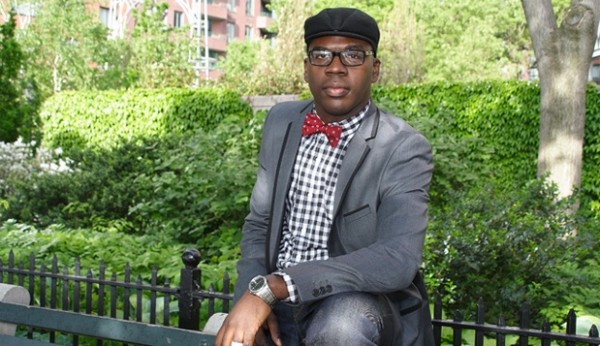Touring the country, 14hr days in the recording studio and living like a rockstar does not necessarily make you think of a hot tech startup. But this is exactly what happened for Amos Winbush III who left the music industry to create CyberSynchs. CyberSynchs is a cost-effective way to safeguard data by making it easy to sync and transfer data across various platforms.
Today we had the chance to speak with Amos about how he started CyberSynchs with no industry knowledge or experience yet has built it into a leader recently signing over 298million worth of contracts.
Tell us about your background before CyberSynchs…
I was actually in the music business until 2008 where I was recording and touring, basically living the rockstar lifestyle. However I really saw some other exciting opportunities and realized that I wanted to be that manager who finds the person who has to travel 300 days a year! So I haven’t left the music industry but I think I am in a more exciting position right now and doing more good than before.
What sparked the idea for CyberSynchs?
I was in the recording studio putting in a 14hr day and the battery for my new iphone died. I took the phone home and charged it but it never turned on again. I even went to Apple and they told me that all the info was gone and they just hoped I had backed all of the data up.
I couldn’t believe this had just happened. In recent years I had met people like Russel Simmons in the music business and just like that his contact info was gone. CyberSynchs came from that frustration of losing all of those contacts, notes, calendars and anything else I had put into the phone. I figured I could not be the only person out there that this had happened to.
What got the company off the ground and how did you hire the right team on day 1?
I would say that the sheer will of starting a new project is what got it off the ground. I spent about a month and a half researching the market and what goes into data synchronization. I had studied business in college but I needed to learn a lot more about the industry. I especially needed help in learning about the architecture behind databases and software.
So I went to Craigslist looking for these engineers and ended up interviewing about 60 people for the jobs and hired 5 of them right at the start.
I told them I could not pay them but I offered up equity instead and a deferred salary for a year. Surprisingly it was not difficult to get them on board. I just laid it all out on the table and told them that we were moving forward with or without you and let them make a choice.
With how fast technology changes is it difficult for a company like CyberSynchs to keep up with new software, devices etc…
It’s not a challenge at all. We could go into millions of devices and 100’s of industries but we don’t. We work with key focused markets. We started in mobile synchronization, camcorders, cameras and pc syncs. Now we are moving into medial devices and medical device synchronization.
We also don’t have to worry about the big guys like Google or Apple because they have no motivation to develop a solution. Google does not want something that allows an android device to connect with a windows mobile device.
So far it is paying off for us as we just signed 4 global partnerships in Q4 of 2010 that are bringing in over 298million to the firm. We don’t care about being everywhere we care about our focus and releasing a great product in those markets.
What has been the biggest challenge along the way?
Finding great talent. There is a ton of business talent in NYC but finding the engineers can be difficult. We usually have to go outside of NYC to find that talent but it can be overcome.
What is in the future for CyberSynchs?
We have been on the market for a little over 2years. Our strategy has been to go directly overseas and are very focused on the B2B marketplace.
What is one piece of advice for young entrepreneurs starting out today?
Build a great team of people around you and don’t be afraid to ask questions. I was a music guy and knew nothing about tech. I found the people who knew about it to get the processes in order and to get the company up and running.
Plan, execute and understand the plan will change. Don’t worry about the business plan as it will evolve over time. Just go for it and adapt as feedback comes in.
You can also find Amos at #30 on our list 30 Most Influential Under30CEOs of 2010





